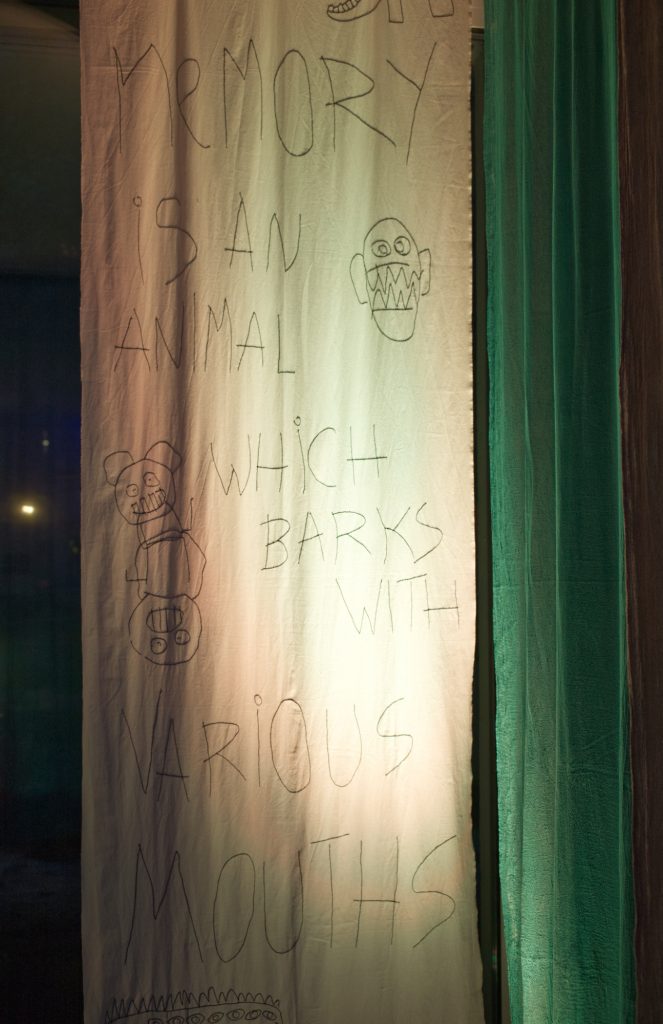Memory is an animal which barks with various mouths — takes you through the interplay of documentary and feature, real and imaginable, collective and personal and poses the main question: When remembering past events, can we find a loophole to break out of the nationalist narrative? It touches on the topic of collective memory in russia related to the Second World War and how it was manipulated to form national narratives.
The film identifies personal experiences and memories that intersect with those of society to combine the individual and public spheres. Public commemoration, the aggressive patriotic upbringing of children and adolescents, the cult of state power, and the cult of victory form a war-oriented identity. In contrast, the individual memory about the Second World War among those who experienced it instead reflects on the violent, destructive, and tragic side. This discrepancy allows identifying algorithms of violence and memory manipulation. By highlighting gaps between individual and collective memory one can try to demythologize the past.

In the picture you can see a person sitting on a sack wearing headphones and watching the videos created by Jeanna. The videos are shown on two black computer screens and have different content, but are shown simultaneously. Around the exhibit there are green and brown curtains hanging.

In the picture you can see a white curtain, which is hanging on one of the sides of the exhibit (in front of the window). On the curtain there is an embroidery with images of imaginary monsters and a sentence “Memory is an animal which barks with various mouths”. There is a ray of light pointed at the curtain.